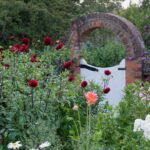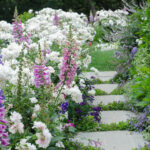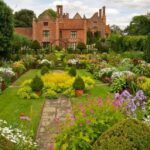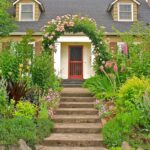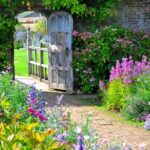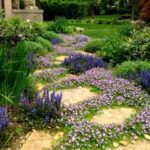English gardens are known for their charm, grace, and tranquility. With their lush greenery, colorful flowers, and traditional design elements, they create a sense of serenity and peace. If you’re looking to create your own English garden, there are a few key ideas to keep in mind.
One important aspect of an English garden is the use of traditional elements such as pathways, hedges, and topiaries. Pathways can be made of gravel, stone, or brick, and are often lined with plants or flowers. Hedges are used to define spaces within the garden and provide structure and privacy. Topiaries, which are plants that have been pruned into decorative shapes, add a whimsical touch to the garden.
Another key element of an English garden is the use of cottage-style plants. These are typically traditional English garden plants such as roses, lavender, hydrangeas, and delphiniums. These plants are known for their romantic and cottage-like feel, and add a sense of nostalgia and charm to the garden.
In addition to cottage-style plants, English gardens often incorporate a mix of perennials and annuals for constant color and interest throughout the year. Perennials, which come back year after year, provide a sense of continuity and structure to the garden, while annuals can be used to add bursts of color and variety.
Water features are another common element in English gardens. A pond, fountain, or birdbath can add a sense of tranquility and provide a focal point for the garden. Water features also attract birds and other wildlife, helping to create a sense of harmony and balance in the garden.
Finally, English gardens often include seating areas where visitors can sit and enjoy the beauty of the garden. These can be in the form of benches, chairs, or even a cozy patio with a table and chairs. Adding seating areas allows you to fully experience and enjoy the peaceful and serene atmosphere of your English garden.



